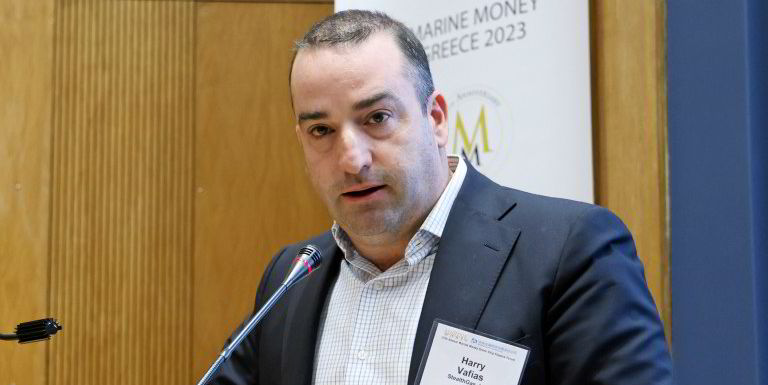Trader Mercuria is said to have extended its newbuilding drive with an order for two panamax product tankers.
Shipbuilding sources said the Geneva-based company has struck a deal with China’s Singapore-listed Yangzijiang Shipbuilding for the 74,000-dwt pair.
They added that the deal was signed a few weeks ago but the order went unreported.
Mercuria and Yangzijiang Shipbuilding have been contacted for comment.
Sources believe the energy and commodity trader will pay about $112m for the conventionally powered vessels, which are due for delivery in 2027.
If confirmed, it would be the second newbuilding contract the shipowner has signed this year. The earlier agreement was for one conventionally fuelled 300,000-dwt VLCC at state-owned Shanghai Waigaoqiao Shipbuilding in March.
The trader was reported to be paying about $120m and is scheduled to take delivery in 2027.
Brokers said the price of LR1 tanker newbuildings has surged by about 10% compared with last summer because of rises in material costs and global inflation.
Mercuria controls a fleet of 42 vessels from bunker tankers to VLCCs, according to the S&P Maritime Portal.
The owned fleet numbers 37 units, of which three are suezmax tankers and the rest are bunker tankers.
Clarksons’ Shipping Intelligence Network shows the orderbook for LR1s stands at 45. Yangzijiang Shipbuilding leads the order table with 22 newbuildings, followed by South Korea’s K Shipbuilding with eight and China’s New Times Shipbuilding with six.
Bancosta global head of research Ralph Leszczynski said the orderbook is way below replacement levels.
“About 60% of the LR1 fleet is older than 15 years, while the orderbook for the next four years is equivalent to just 8% of the trading fleet,” he said.
There was a rush of LR1 tanker deliveries between 2003 and 2012, Leszczynski added, with more than 30 units delivered per year. The first wave of those deliveries is approaching demolition age, while the orderbook amounts to just 10 units to be delivered per year.
“That said, in part, this is explained by the upsizing of cargo stems towards LR2 sizes, and hence the higher interest in that sector, where indeed newbuilding orders have been more significant,” he said.





